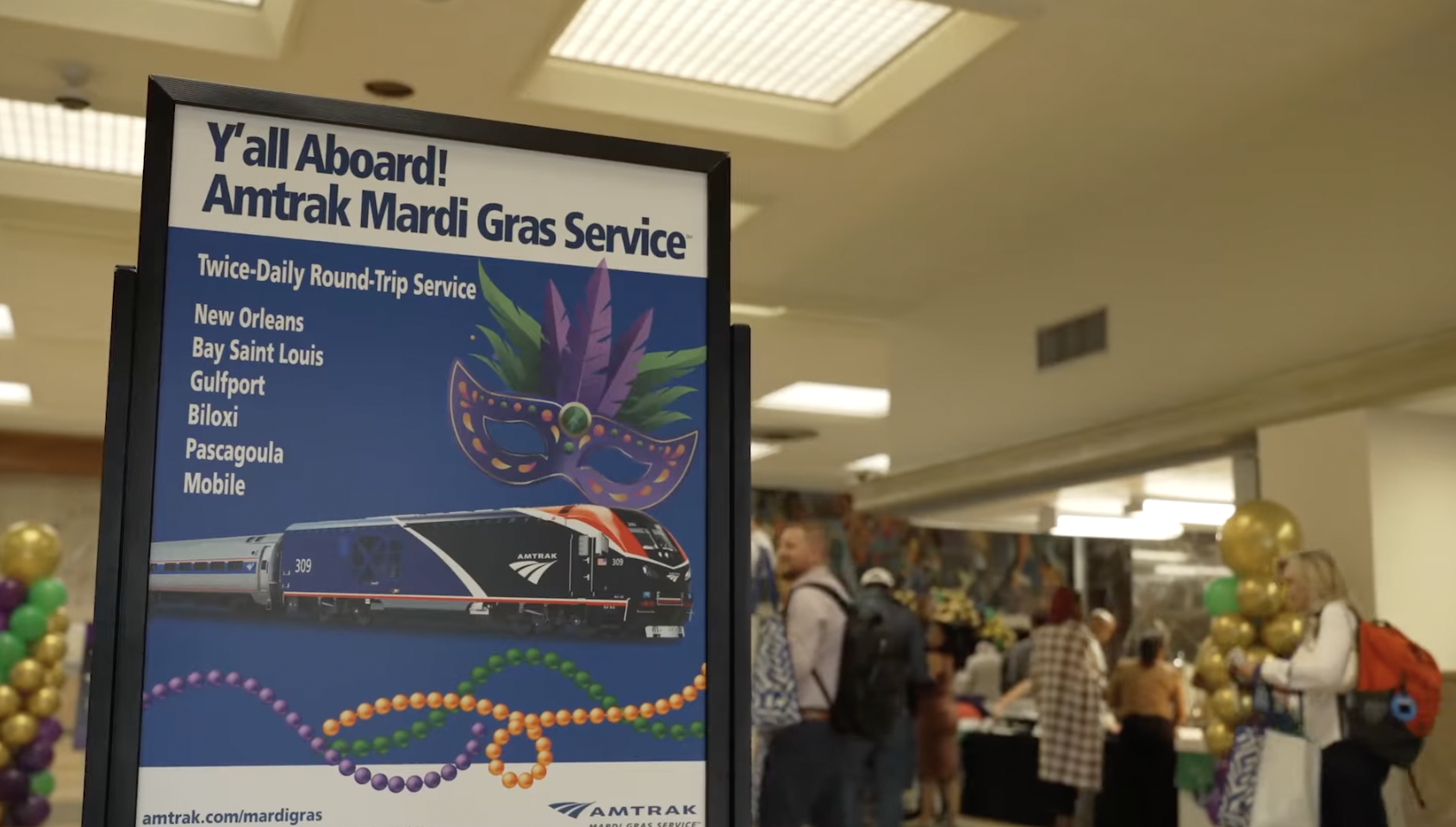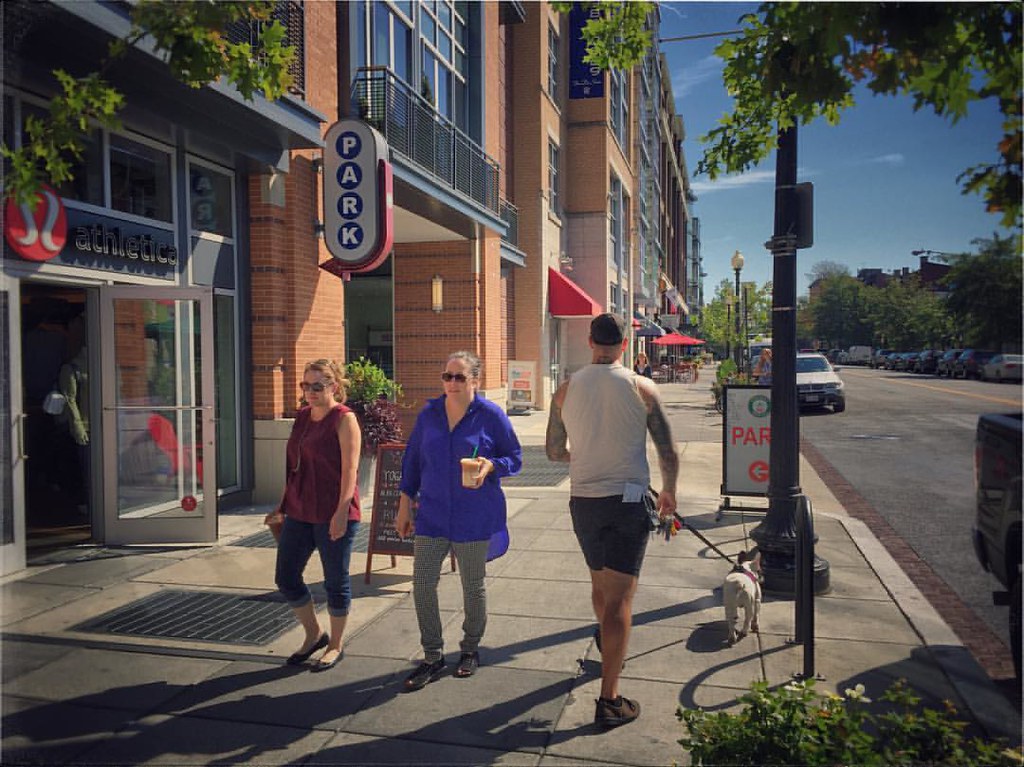In April, San Francisco launched the nation's most innovative program to price and manage parking. By adjusting meter rates month-to-month based on demand, the federally-funded SFPark aims to open up more curbside spaces and reduce traffic caused by motorists cruising for parking.
The early data is in, and it shows that driving customers aren't fleeing from districts where parking prices have been raised considerably. In fact, they aren't responding as much as anticipated.
Michael Perkins at Greater Greater Washington explains:
To date, the most crowded blocks have typically continued to be crowded even after adjusting the prices upward, while under-occupied blocks have not filled up even after dropping the price.
If the pricing spread continues to widen, parking on some blocks in San Francisco will be a considerable bargain compared to spaces even one block away. One particular block in the Civic Center area is $0.75/hr while the next block is $3.25/hr until noon, and then $3.75/hr from noon until 3pm.
Even these steep price differences don't seem to be causing the cheaper blocks to fill up. Blocks in the program that end up below their target occupancy will again have their prices reduced during the next round of adjustments.
This performance parking experiment is demonstrating that on high-demand blocks, drivers are very insensitive to price increases. The experiment is also showing that parking demand is highly localized, with price differences of as much as 100% continuing even through two adjustment cycles.
In New York, the performance parking program called ParkSmart has not affected occupancy rates very much, but it has been shown to increase turnover and reduce traffic. Perkins speculates that this might be the case in San Francisco as well:
Even if blocks are missing their target occupancy, performance parking could still be having a positive effect. Are the prices leading to a higher turnover in available spaces? And if so, are the available spaces leading to a reduction in drivers hunting for parking, as the theory suggests?
Several commenters at GGW noted that SFPark may need to do a better job delivering information about parking prices to drivers, if the system is going to achieve the desired effect.
Elsewhere on the Network: Baltimore Spokes shares a video that attempts to explain why many people hate cyclists. Wash Cycle encourages Maryland to adopt a policy that would legalize changing lanes in no passing zones for drivers passing cyclists. And Bike Friendly Oak Cliff explains the importance of street form.






